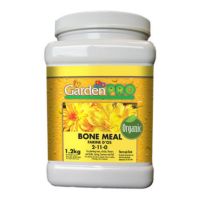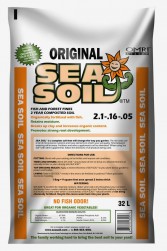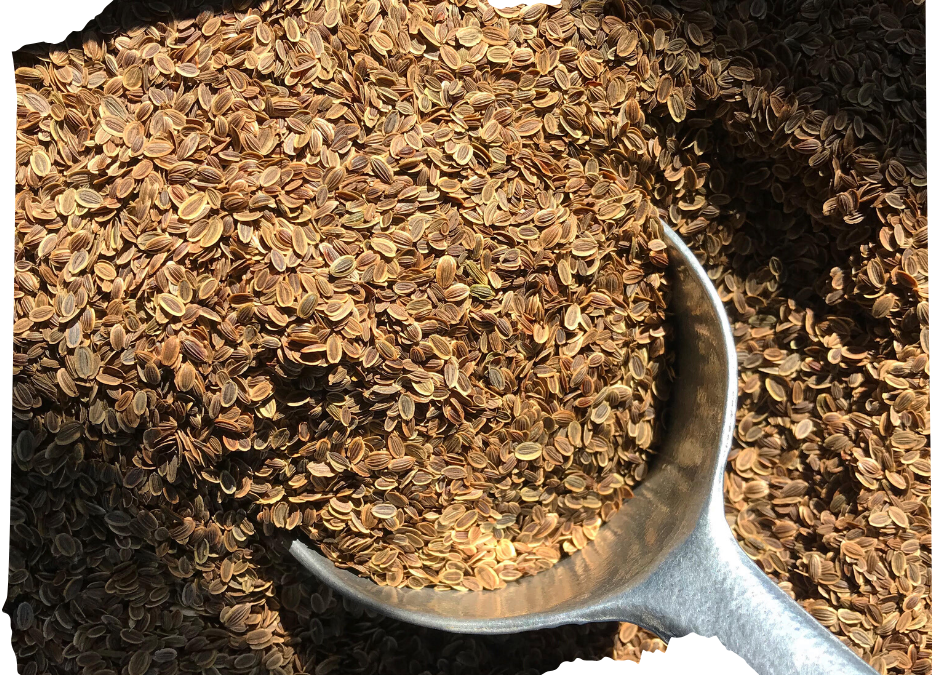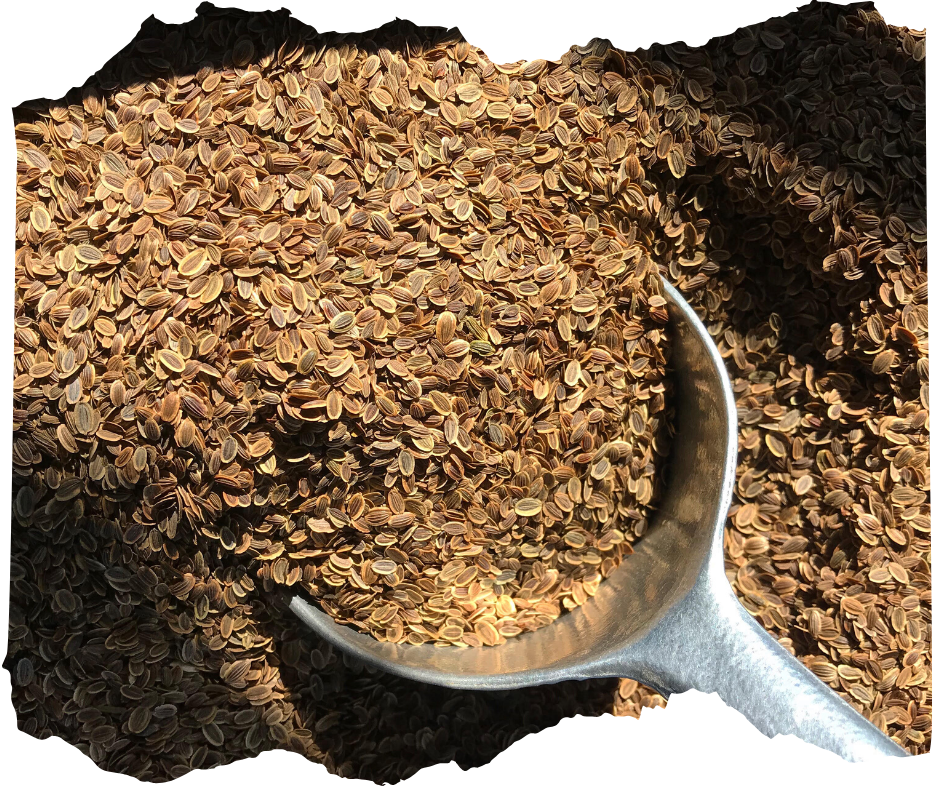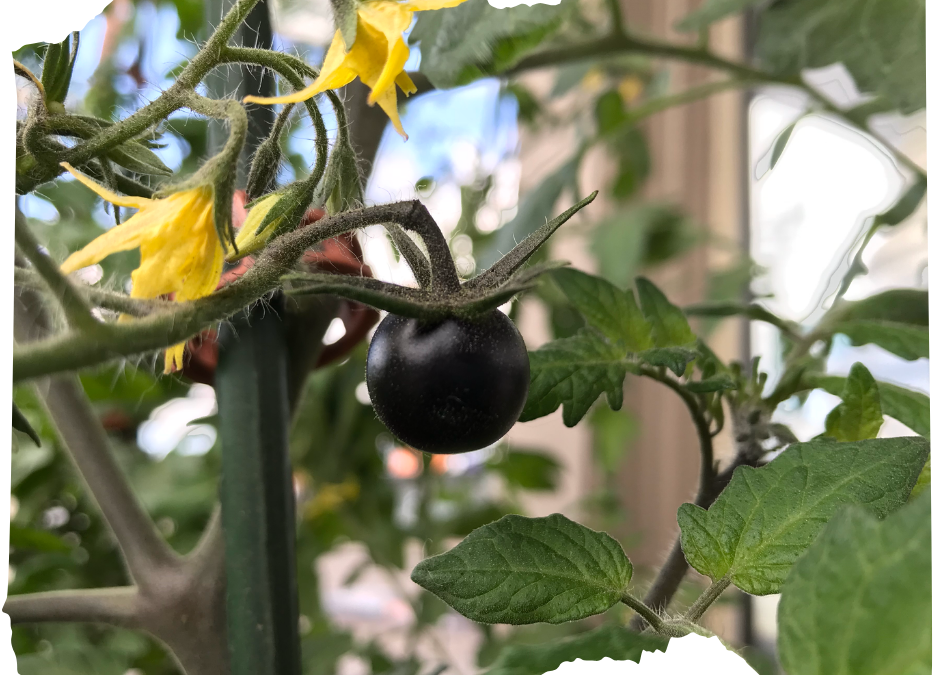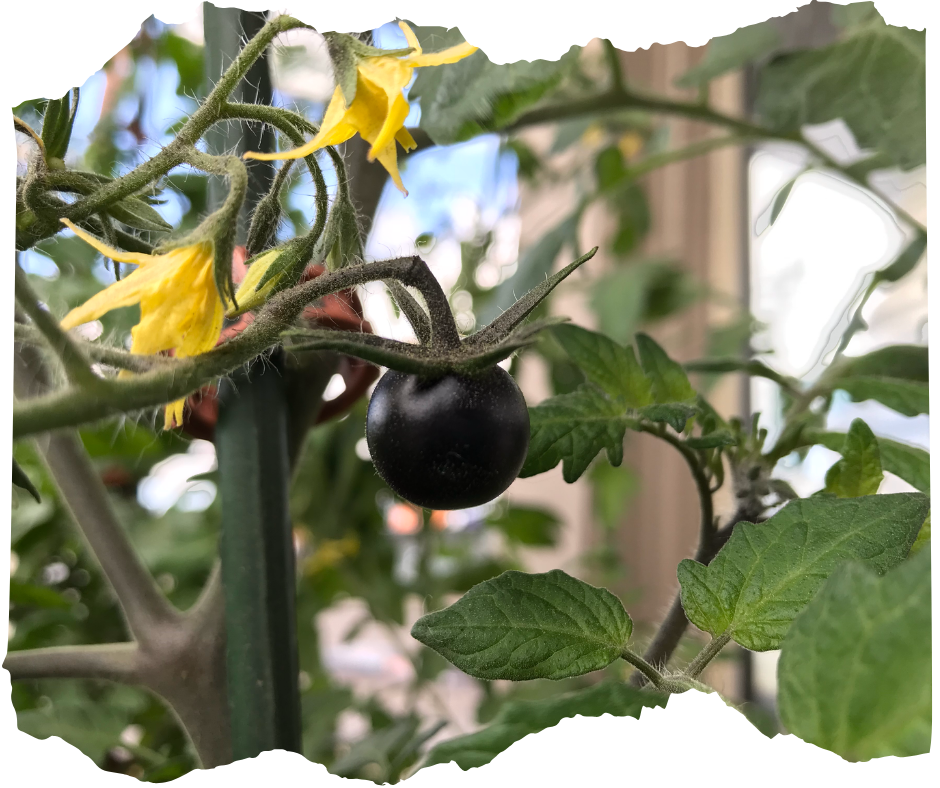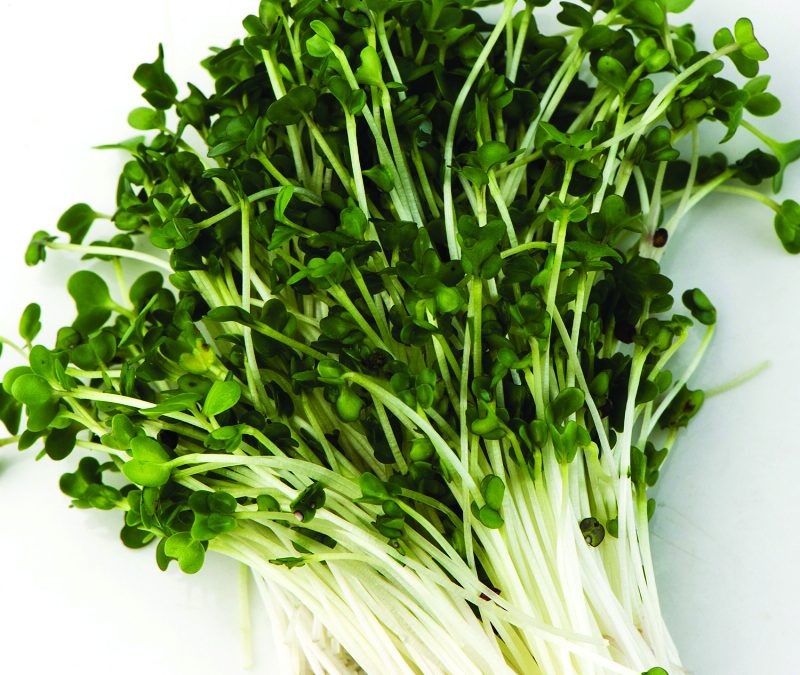
Sprouts vs Microgreens: What’s the Difference?
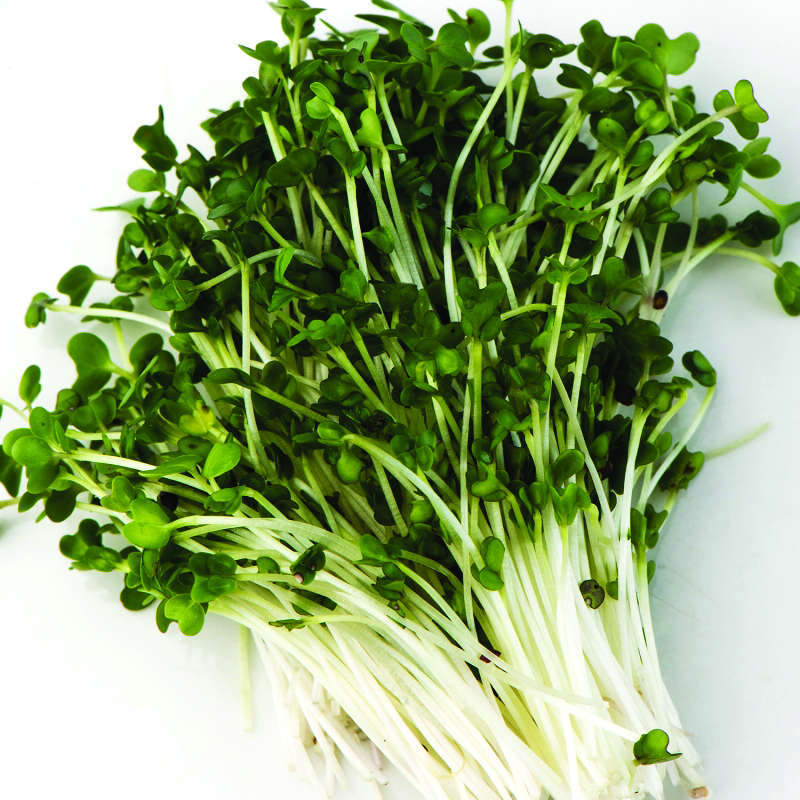
Sprouts and microgreens have been very popular for the past few years. Lots of people believe the two terms are interchangeable, but there are quite a few differences! We’ll go over nutrition contents, growing methods, and how to prepare them for consumption.
Sprouts consist of just the root and cotyledon (seed) leaves, which contain all the nutrients held within the seed. They’re filled with lots of protein and fibre despite their tiny size. Popular varieties of sprouts include broccoli, alfalfa, and mung bean, but there are plenty of other types for you to explore! Sprouts are a good option if you have little patience; it typically takes less than a week for them to be ready for harvest.
Sprouts are usually grown in a glass jar, so they take up very little space. They require no light, so they’re perfect for a countertop that doesn’t get much sun. There’s no growing medium involved in growing sprouts; they just need water. Because of this, you can eat the seed and root as well as the greens! Since they grow in a damp space with little ventilation, the seeds need to be rinsed and drained at least twice a day to prevent bacterial growth. If you spot mold growing in your sprouts, give them a rinse with some food-grade hydrogen peroxide then rinse thoroughly with water. Even taking these precautions, it’s recommended to cook the sprouts before consuming to ensure no bacteria remains. Sprouts are great in stir-fry!
Microgreens are more mature than sprouts, but still very young — around 1-3 weeks old. They’re old enough to have grown their first true leaves, so they’re more concentrated with nutrients than sprouts. Some microgreen varieties were also found to be up to 40% more nutrient-dense than their mature counterparts. Particularly, they are packed with iron, potassium, magnesium, copper, and zinc, as well as containing lots of antioxidants which are excellent for your general health. Popular microgreen varieties include beets, kale, sunflowers, and more.
Growing microgreens is similar to starting seeds. Typically, a tray of seed starter soil or a grow mat, such as the Terrafibre All-Natural Hemp Grow Mat, is used to grow microgreens. They require plenty of light and regular watering to grow properly. Misting several times a day with a spray bottle should suffice. Because they’re usually grown in soil, the seed and root are not consumed. Instead, it’s recommended to snip the greens at the soil line when it’s time to harvest. Microgreens are safer to eat raw than sprouts as they’re grown in light and open air. Some people still recommend to cook them lightly before consumption, but it’s up to personal preference. Microgreens should always be washed with cool water before eating. They’re delicious in salads and sandwiches!
Microgreens also have a more developed flavour than sprouts. Radish microgreens are especially zesty, and herbal varieties such as basil and oregano are quite popular as well. Microgreens can be grown of any plant of which you eat the leaves and stem; however, it’s not recommended to grow microgreens of fruiting plants, especially those in the nightshade family such as peppers, tomatoes, and potatoes. The foliage from these plants can make you very sick.
As you can see, there are many differences between sprouts and microgreens. They’re each nutritious in their own ways, and the growing methods differ greatly. They’re both fun and easy to grow, though, so have fun with all the different varieties available!
By Aaron Witherspoon
Photo credit Mumm’s Seeds
Related Products
Terrafibre All-Natural Hemp Grow Mat

Available in:
1 x 10″ x 20″
10 x 10″ x 20″




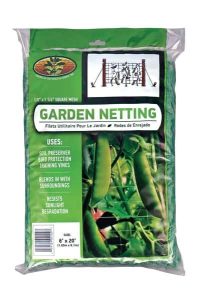
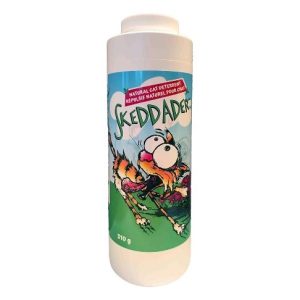

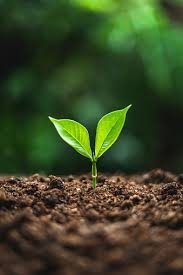
![IMG-7986[1]](http://apacheseeds.ca/wp-content/uploads/2022/09/IMG-79861.jpg)
![IMG-7978[1]](http://apacheseeds.ca/wp-content/uploads/2022/09/IMG-79781.jpg)
![IMG-7980[1]](http://apacheseeds.ca/wp-content/uploads/2022/09/IMG-79801.jpg)
![IMG-7983[1]](http://apacheseeds.ca/wp-content/uploads/2022/09/IMG-79831.jpg)
![IMG-7993[1]](http://apacheseeds.ca/wp-content/uploads/2022/09/IMG-79931.jpg)
![IMG-7995[1]](http://apacheseeds.ca/wp-content/uploads/2022/09/IMG-79951.jpg)
![IMG-7996[1]](http://apacheseeds.ca/wp-content/uploads/2022/09/IMG-79961.jpg)
![IMG-7994[1]](http://apacheseeds.ca/wp-content/uploads/2022/09/IMG-79941.jpg)
![IMG-7988[1]](http://apacheseeds.ca/wp-content/uploads/2022/09/IMG-79881.jpg)
